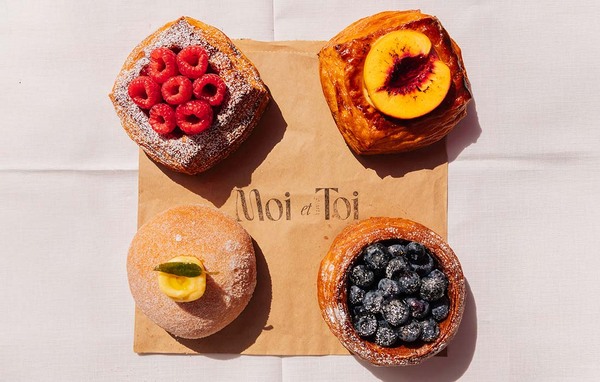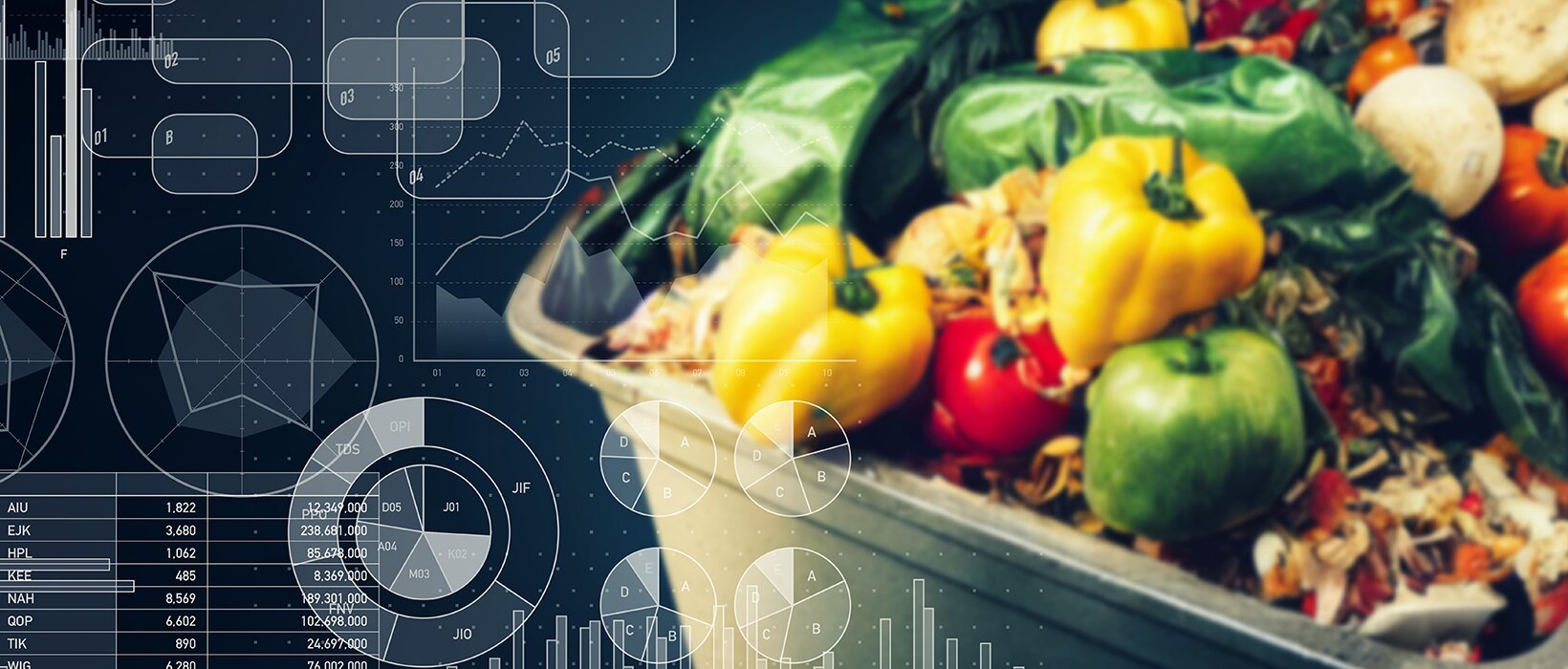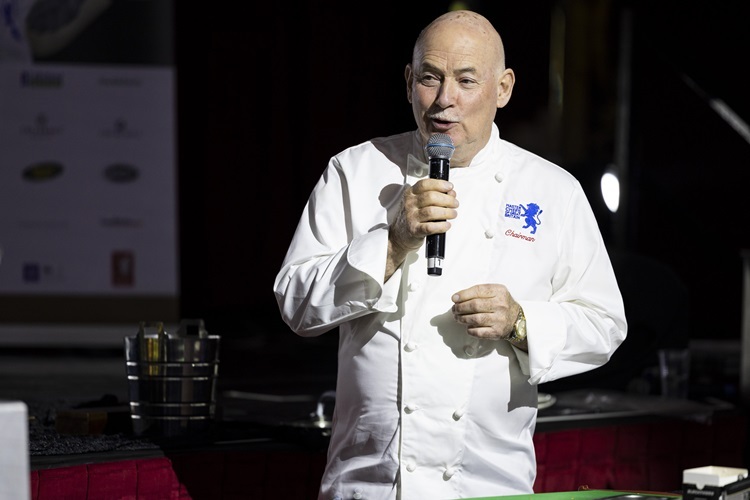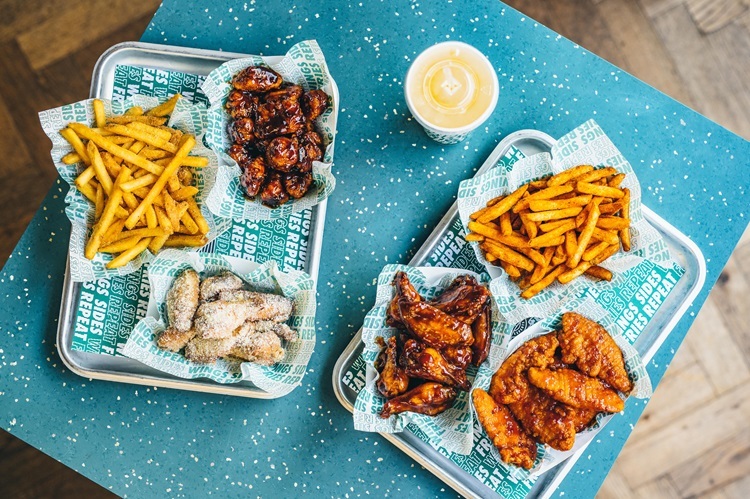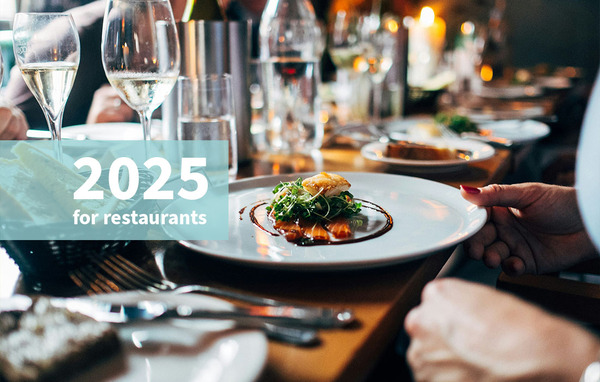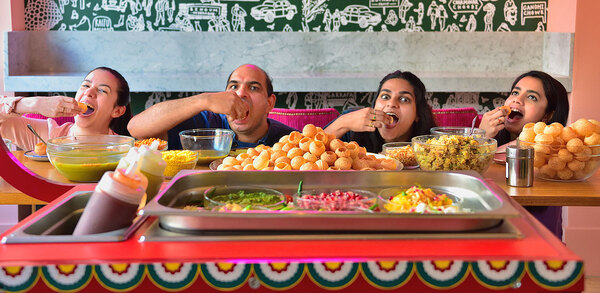What a waste: how to compost in the kitchen
No more messy, smelly food waste – it’s time to start composting in the kitchen. Ian Boughton sees how to compost in a matter of hours
As hospitality operators’ understanding of the food waste problem in the sector grows, options for waste management increase. And while some of these solutions address the issue of handling waste, others aim to prevent food from being wasted in the first place.
No caterer is likely to avoid creating waste entirely, says Tara Karimian, marketing manager for PRM Waste Systems, so you do have to plan to handle some of it: “Inevitably, a considerable amount of unavoidable waste is still produced each day,” he says. “Food waste digestors are still not a solution everyone knows about, but they are environmentally friendly and we can validate for the cost- effectiveness of our bio-processor machine.
“Our customers make significant savings on refuse collection as the end waste is reduced by 80% – you open the lid, put the waste in, and in 24 hours the machine breaks it down to one-fifth of the original volume, meaning the requirement for waste collection is reduced significantly.
“Many customers don’t even use refuse collectors any more, as they use the waste substrate on their land as compost. We have some customers who sell that substrate on to biomass sites, and some who use it to power their own biomass boilers, generating heat and hot water for their sites. We even have customers who charge other businesses to use their bio-processor.”
Meiko managing director Paul Anderson says it is well worth any catering manager taking time to understand more about the process of waste: “Retain ownership of your food waste and have it collected by tanker for recycling, because this maximises the green return,” he says.
“The waste to energy process involves converting non-recyclable waste items into usable fuel and the current energy crisis has made that a much more valuable asset. Food waste will increase in value in the future, and the issue for caterers is finding the most hygienic, least labour-consuming and lowest-carbon solution for getting their food waste to the biomass plant.
“Staff put food waste into the Meiko BioMaster, and that’s the end of the story – the BioMaster and sealed holding tank are linked by pipe and the tank can be inside or outside – all that’s required is access for the tanker. Every other system requires food waste to be moved from point of disposal to a unit and then again to point of collection.”

The BioMaster turns food waste into a mixed slurry with the consistency of a smoothie. Having this collected by a specialist to be converted into biomass is, says Meiko, preferable to systems which turn waste into ‘grey water’ and overload an already strained sewage system. The cost-saving argument is that the caterer’s food waste collection changes from being daily or weekly to once a month or every two months, depending upon volume.
The next move, not yet available in the UK, will see Meiko working on the development of small-scale biogas plants for caterers. This, says the company, could revolutionise energy supply for the catering industry.
Another waste item with value is cooking oil. Michael Eyre, product director at Jestic Foodservice, says a low-oil-volume fryer can substantially drive down both oil and energy costs, with a financial payback as waste oil can be sold to be recycled into biofuel.
Ban the bin
While a great deal of innovation is happening to progress the handling of food waste, some remarkable technology is also appearing to prevent the issue from arising.
A typical idea is Winnow, a system which scans waste food in order to gather data on what is being thrown away. An ‘intelligent camera’ sits above the waste bin, photographs the waste going in, recognises it, and gives a value in money. The point is that users can analyse what foods they are wasting and adjust their purchasing accordingly. Food waste is hard to measure and hard to manage, notes marketing manager Elena Sokolova. “Most kitchens waste more than they think, typically up to 15% of the food they purchase.

Kitchens that use Winnow can cut this waste by half on average. “Customers are seeing a return within the first year – IKEA measured a baseline of food waste weight and then instructed each store to reduce it to 50% or less. It saved $37m (£30m) globally since it started using Winnow in 2017.”
The Winnow system is also used by Amadeus, the food, beverage and catering supplier for all venues in the NEC Group, which also supplies external event organisers.
“We are the first catering company in the events arena to partner with Winnow,” says managing director Kevin Watson. “We have seen a dramatic impact on the way our team considers waste management. Some staff were initially sceptical, but their adoption was supported by its ease of use. It is an invaluable tool.
“The resulting reports on the type of waste make a real difference to the decisions we make around food stock. We can ask more questions of suppliers and we can provide chefs with the insight to reduce over-production and wastage. At the ICC conference centre, Amadeus food waste has been reduced by a third.”
A slightly different take on the technology of waste management comes from Lightspeed. The technology allows the operator to input the quantity of each ingredient required for each menu item; then, every time they process an order, that quantity of each item is deducted from the amount in their stock cupboard.
The result, says Lightspeed, is that restaurants can now monitor stock usage in real time and adjust their orders to minimise the impact of goods being left to spoil. And, notes the company, this can be immense – 45% of all fruit grown goes to waste, says Lightspeed.

Accelerate to innovate
After noting that a Defra consultation on food waste drew 4,000 responses, Sodexo commissioned its own research among senior food buyers. It found that three-quarters of senior decision-makers in food procurement are not currently tracking the amount of food their organisation wastes, though a third of their respondents have now said they will work on it.
Sodexo has adopted the Leanpath waste-measurement technology across 400 sites, and reports that it becomes “almost always” cost-neutral through the waste reduction it achieves.
Another major user of the technology is Ascot racecourse. “It’s tricky managing a large multi-functional site with 60 kitchens in operation on a race day,” says Ben Dutson, food innovation director for Sodexo Live, which looks after Ascot’s hospitality offering. “But we’ve found by measuring the waste, we are able to adjust our production volumes, portion sizes and general stock levels, and we are seeing a reduction as a consequence.”
Ascot has made interesting adaptations to its foodservice – in particular, the introduction of ‘tasting bowls’ in smaller portions has made a remarkable difference to waste levels.
“This gives people the opportunity to try multiple dishes without having to have a full four-course meal and leaving aspects of each course on the plate,” says Dutson. “Giving people a choice of smaller portions naturally decreases waste – they take one small dish at a time.”

Hayden Hibbert, director of client relations at food procurement consultancy Allmanhall, has also seen this to be the case. “Make sure your portion specification matches the requirement of your diner,” he says. “It is estimated that over a quarter of customers leave food on their plate at the end of their meal. This waste is avoidable”.
In Europe alone, 20% of all food is wasted, says Allmanhall. Clearly, it makes sense to only purchase what is needed – but equally important is monitoring. “To prevent waste, you should always know exactly which foods you have in stock,” the company says.
It makes equal sense to ensure you use food efficiently: “Research shows that 75% of wasted food from the hospitality industry could have been eaten,” says Alasdair Lindsay, head of hospitality at hungrrr. The business has created Food Rescue, a scheme to supply caterers with food bundles close to their use-by date for a reduced price.
At Bidfood, head of sustainability Julie Owst agrees that to manage waste, you must know what you are wasting in the first place. Measurement systems are already widely implemented in the home, she says – the WRAP waste organisation reported that during lockdown, food waste in the home dropped by 43%, due to “encouraging positive behaviours”. This, observes Bidfood, makes us wonder just what food waste figures we can find in our own commercial businesses.
“Food waste is a major contributor to climate change. If food waste was a country, it would be the world’s third-largest generator of emissions, next to China and the US, with around one-third of all the food produced in the world being lost or wasted.
“People have varying appetites, so perhaps you could have a few options on your menu which can adapt to this and prevent leftovers. A smaller portion size, for a slightly smaller price, is a winner. Use everything!”
Silo keeps waste to zero
While many restaurants are making moves to reduce their waste, east London restaurant Silo has taken things to the next step with a “zero waste” operation.
Chef Doug McMaster has adopted a trailblazing approach to waste with his menu that rejects the bin and has transformed waste bread into ice-cream sandwiches.

Silo general manager Tim Dennis said the restaurant requires “intense organisation” to eliminate all waste from its operations.
“To ensure we could keep tabs on a number of moving parts – such as seasonal, ever-changing menus – it was essential that we found an agile system that could keep up; one that could adapt,” he said.
The addition of Lightspeed technology into the business to keep organised in the kitchen enabled that, along with other key integrations that help their operation, such as Marketman, a system that helps track stock.
“It provides a comprehensive combination of software and hardware that means we can keep efficiency to a maximum in our unique, zero-waste restaurant. One that we hope others can emulate as the climate crisis becomes an increasing issue.”
Suppliers
Allmanhall www.allmanhall.co.uk
Bidfood www.bidfood.co.uk
Hungrrr www.hungrrr.co.uk
Jestic www.jestic.co.uk
Lightspeed www.lightspeedhq.co.uk
Meiko www.meiko-uk.co.uk
Winnow www.winnowsolutions.com


